Working the Line in a Professional Kitchen
Working the line in a restaurant is often seen as the heart of the culinary world, where the fast-paced, high-pressure environment can either forge a chef’s career or break their spirit. This pivotal role demands a unique blend of skills, resilience, and passion as line cooks execute dishes with precision, speed, and consistency. Each station on the line, whether the grill, sauté, or garde-manger, requires specialized knowledge and seamless coordination with the rest of the kitchen team.
The line is where culinary techniques are put to the test and where creativity meets rigorous standards. It’s a dynamic battlefield where communication and teamwork are crucial, mistakes are costly, and the pace never slows. For many chefs, the line is where they learn the true essence of discipline, develop a deep understanding of the ingredients they work with, and hone their ability to remain calm under pressure.
This article delves into the intricacies of working the line, offering insights into the challenges and rewards of this demanding position. We’ll explore the skills necessary to thrive, the importance of teamwork, and how this experience shapes culinary professionals. Whether you’re an aspiring chef or a seasoned veteran, understanding the life on the line is essential to mastering the culinary craft.
Constant Motion
The line in a restaurant is a whirlwind of constant motion, where every second counts and every movement is purposeful. This bustling environment is a symphony of activity, with line cooks moving in a synchronized dance to ensure each dish is prepared perfectly and on time. The relentless pace begins when service starts and doesn’t let up until the last plate leaves the kitchen.
Each cook is assigned a specific station, such as the grill, sauté, or fry, and must maintain a seamless flow of activity within their domain. The grill cook flips steaks and monitors temperatures, the sauté cook deftly tosses pans and manages multiple dishes at once, and the fry cook keeps a close eye on the fryer, ensuring every item emerges golden and crisp. Meanwhile, the garde-manger station meticulously arranges cold dishes and salads precisely and quickly.
Communication is vital in this high-energy environment. Cooks constantly call out orders, confirm instructions, and update their progress, creating a steady hum of voices that blends with the clatter of pots and pans. The expeditor, who acts as the final checkpoint before dishes reach the dining room, observes, coordinates timing, and ensures everything flows smoothly.
This perpetual motion demands not only physical stamina but also mental agility. Line cooks must remain focused, adapt quickly, and handle stress gracefully. Their ability to maintain this intense activity level without compromising quality is a testament to their skill and dedication. Working the line is a test of endurance and precision, where every movement contributes to the kitchen’s success and the diners’ satisfaction.
Being Prepared For Anything
Being prepared for anything on the line is fundamental to working in a restaurant kitchen. The line is an unpredictable environment where the unexpected can happen at any moment, and the ability to adapt quickly is essential. Whether it’s a sudden influx of orders, equipment malfunction, or a shortage of ingredients, line cooks must be ready to tackle any challenge that arises.
Preparation starts long before service begins. Mise en place, the French culinary term for “everything in its place,” is the backbone of this readiness. Line cooks meticulously chop, measure, and arrange their ingredients, ensuring everything they need is within arm’s reach. This organization allows them to work efficiently and respond swiftly to service demands.
During service, flexibility and quick thinking are crucial. A seasoned line cook anticipates potential issues and has contingency plans in place. If a critical ingredient runs out, they can swiftly pivot to a substitute without compromising the dish’s quality. If a piece of equipment breaks down, they can adjust their workflow to continue cooking with minimal disruption.
Moreover, mental preparedness is just as important as physical readiness. Staying calm under pressure, making snap decisions, and maintaining a positive attitude can make the difference between smooth service and chaos. Effective communication with the rest of the kitchen team ensures everyone is on the same page and can respond collectively to any situation.
In essence, being prepared for anything on the line means embracing the kitchen’s unpredictability and turning potential obstacles into opportunities for creativity and problem-solving. This readiness keeps the kitchen running smoothly and ensures that every dish meets the restaurant’s high standards, no matter what challenges arise.
Controlled Chaos
The line in a restaurant is often described as controlled chaos, a seemingly contradictory term that perfectly captures the essence of this high-energy environment. It may appear chaotic on the surface, with cooks darting back and forth, shouting orders, and the constant clatter of kitchen tools. However, beneath this frenetic exterior lies a well-orchestrated system where every action is deliberate, and every movement has a purpose.
Controlled chaos is the art of balancing speed with precision. Line cooks must work quickly to keep up with the flow of orders, yet they need to maintain quality. Each dish must be perfectly prepared, requiring meticulous attention to detail even amid the hustle and bustle. This delicate balance is achieved through rigorous training, experience, and an unwavering focus on the task.
Communication is the lifeline that transforms chaos into control. In a busy kitchen, clear and concise communication ensures everyone knows what needs to be done and when. Orders are called out and acknowledged, updates are given on the fly, and teamwork is paramount. The expeditor plays a crucial role in maintaining this control, coordinating the timing and flow of dishes to ensure that everything arrives at the pass in perfect harmony.
Despite the inherent pressures, a well-run line operates like a finely tuned machine. Each cook knows their station inside out and can perform their duties remarkably efficiently. This level of familiarity and expertise allows the team to adapt to sudden changes and unexpected challenges without missing a beat.
The controlled chaos of the line is also where camaraderie and a sense of shared purpose thrive. The intense environment fosters strong bonds among the kitchen staff, who rely on each other to get through the busiest services. It’s a dynamic, adrenaline-fueled atmosphere where the satisfaction of a well-done job is the ultimate reward.
In essence, controlled chaos makes the line both exhilarating and demanding. It requires a unique blend of skill, resilience, and teamwork, turning what might seem like a frantic scramble into a masterful display of culinary prowess.

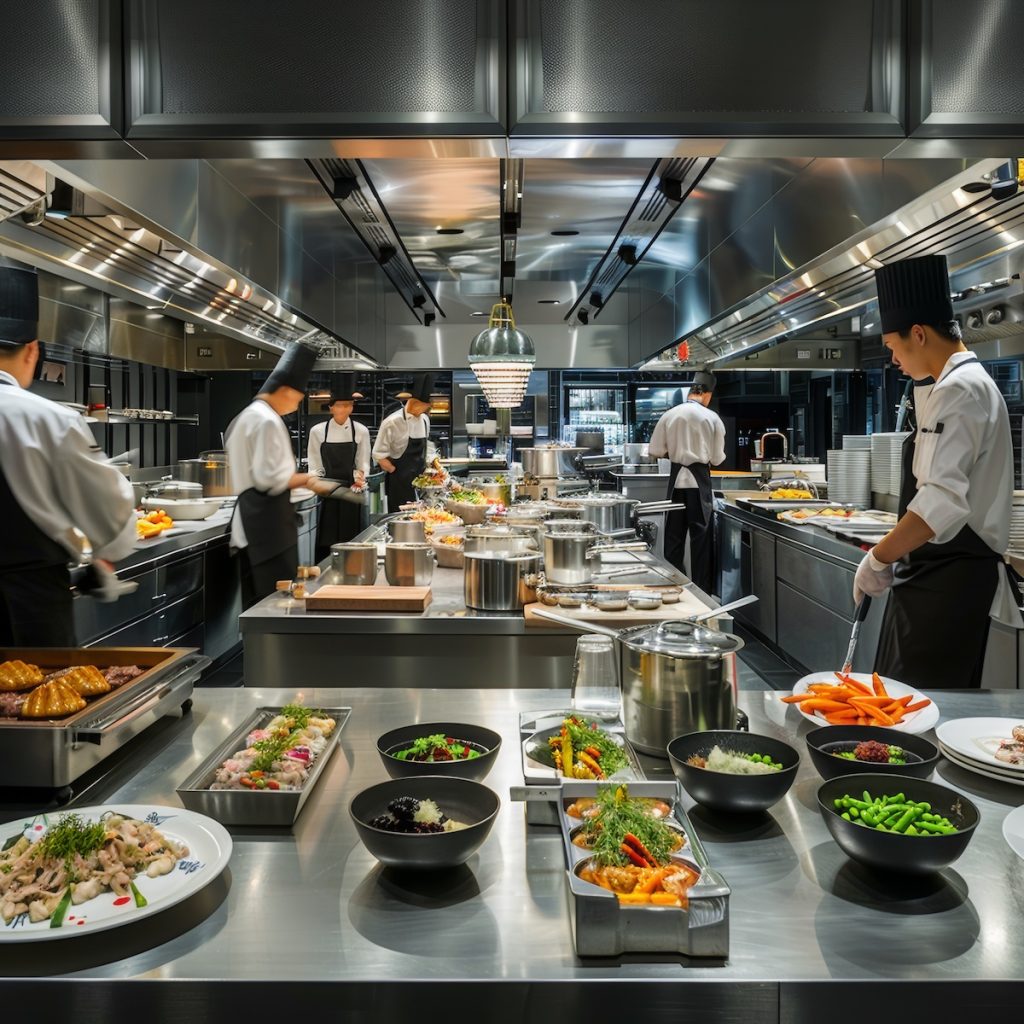
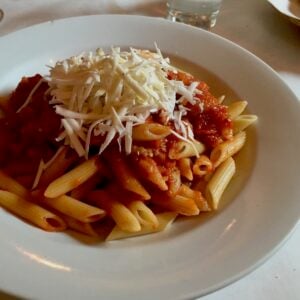
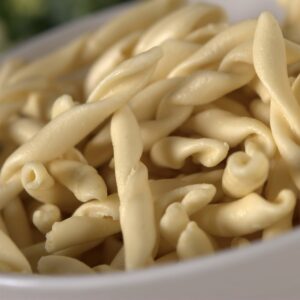





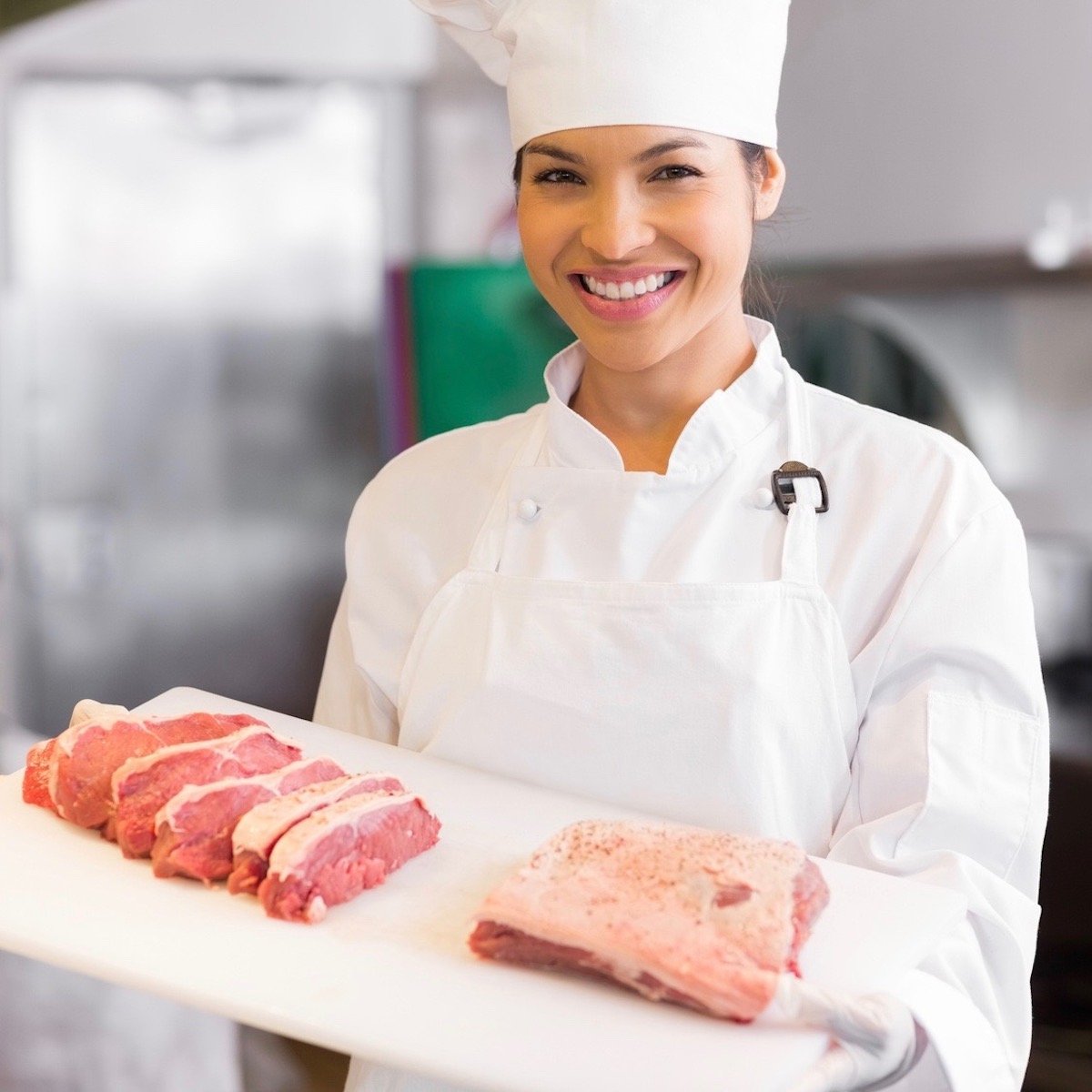
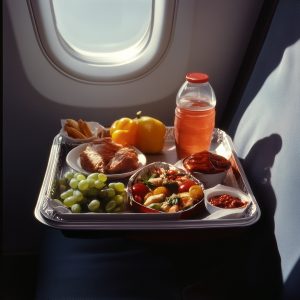
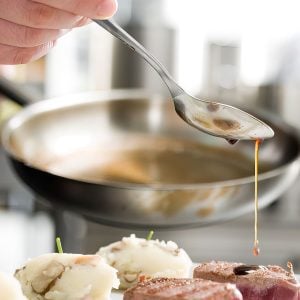



One Response
Wow, deja vu.
The thing that’s hard to contemplate if you’ve never done it — and even now I can’t imagine how I used to — is looking three and four orders ahead to see what you can do at the same time.
The first ticket up may have three different sandwiches, A, B & C, but the second ticket has two A’s and the third ticket has a B and a C. A & B are both on rye bread and C is on pumpernickel. A & C have turkey, B is veggie, all three have cheddar.
Once you’ve made all of them a few dozen times you don’t have to think much about it. Deal out the bread like a Las Vegas blackjack dealer, slap the mayo and mustard down — oh, one of the B’s is hold the mayo — and start adding toppings with both hands.
I could assemble all seven of those in less time than it would take to describe it all. And in the minute or two they’re under the broiler, I’ve got another five ready to go.
Our menu was the size of a broadsheet newspaper, but cutting it down wouldn’t have made us any faster. We could make sandwiches faster than the grill could cook them.
Add in the loaded nachos, six kinds of salad, two pasta dishes, four kinds of potato skins, 2 soups, mac & cheese … yeah, it got hectic.
Good times … good times …